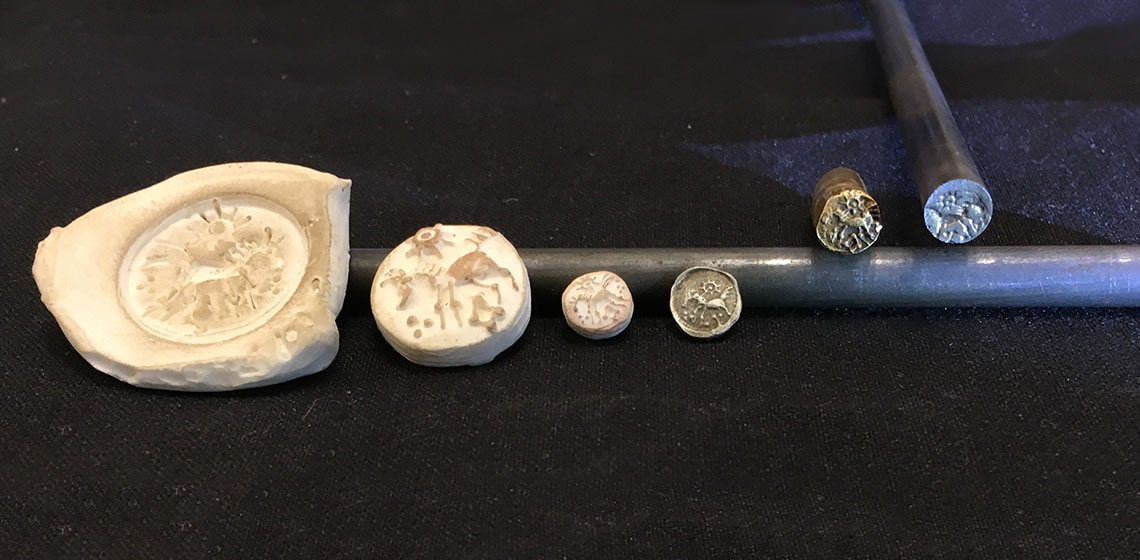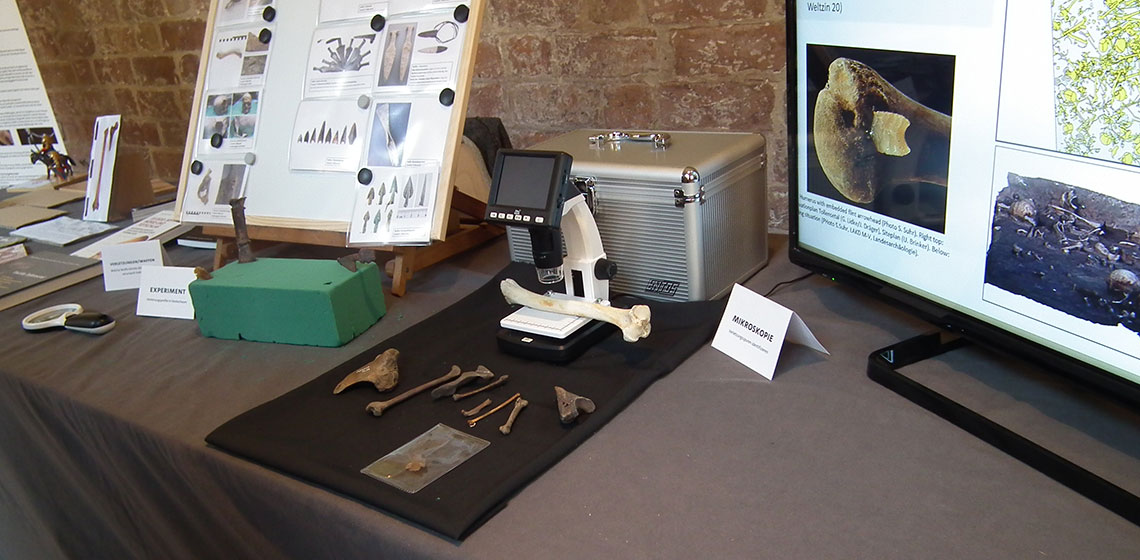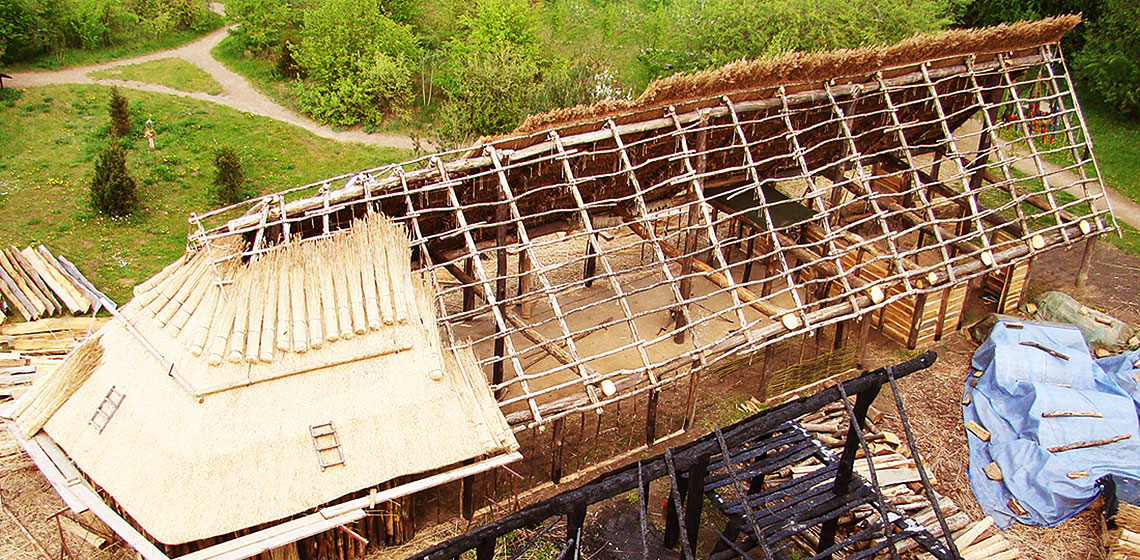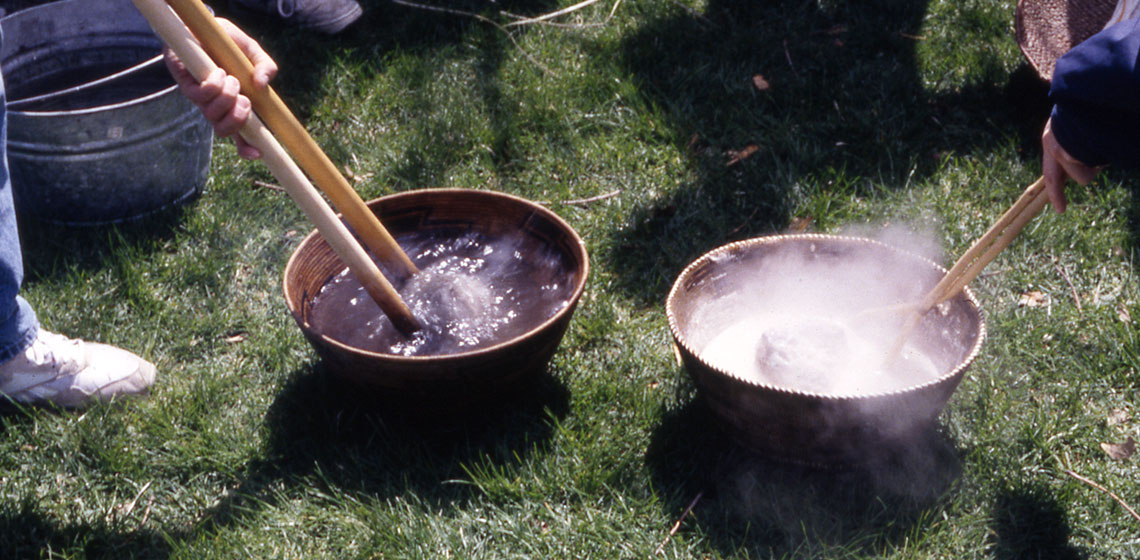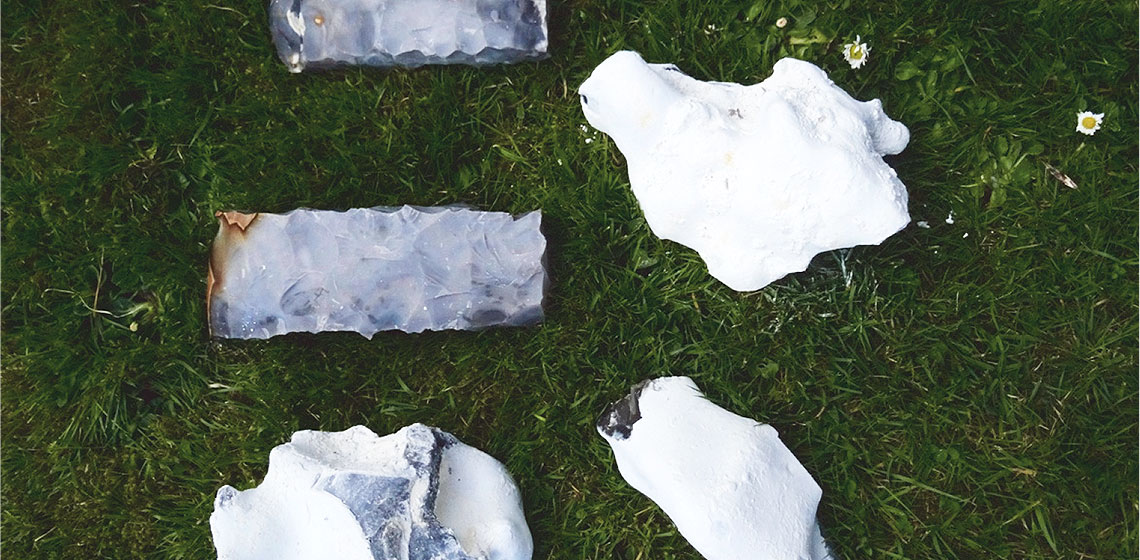ancient technology
Celtic Copper Alloy Coin Minting Technology: Experiential Approaches
Publication Date
In this paper, details are presented for three technical approaches that can be employed in the reproduction of Celtic coins from Britain: 1) the use of pellet trays to produce coin blanks of standardised weight; 2) the use of successive iterations of clay moulds to shrink coin design images while retaining clarity; and 3) the use of a low-carbon steel die that was heated to a plastic state and struck with a cast bronze slug to...
Event Review: Archäotechnika, the Bronze Age in Brandenburg
Publication Date
The Archäologisches Landesmuseum in Brandenburg hosted the annual Archäotechnika living history event, during the weekend of 11 to the 13 August 2018. Participants were attired in clothing appropriate to the period and worked in a variety of crafts including metalwork, stone tool production, textiles, salt production, fishnets and traps, textiles and dying, and demonstrations in horsemanship...
Moving Monoliths: Easter Island and Environmental Collapse
Publication Date
The Rapa Nui civilization once thrived on Easter Island, and produced unique statues which became a parable for collapse around the world (Hunt and Lipo, 2011). Several experiments have been conducted to better understand this collapse, specifically surrounding the movement of the islands’ largest inhabitants, the moai – the large monolithic human figures carved by the Rapa Nui people...
The Construction of a Bronze Age Longhouse Model in Dwelling-byre Style using Experimental Archaeological Techniques
Publication Date
Longhouses built using earth-fast post technique belong to the most important and most successful house types of middle European prehistory. The footprints of these structures, in various styles, are identifiable from the very beginning of the Neolithic period up to the Middle Ages, and sometimes up to early modern times...
The Modern Reproduction of a Mongol Era Bow Based on Historical Facts and Ancient Technology Research
Publication Date
This bow was a concept, commissioned from Ulrich Velthuysen, a Swedish archer. This horn bow could be classified as a post-conquest design from early 14th century AD Mongolia. In this article, I will describe, step-by-step, the gathering and processing of materials, and the construction of this design of horn bow...
Prehistoric Beekeeping in Central Europe - a Themed Guided Tour at Zeiteninsel, Germany
Publication Date
Over the past few years, beekeeping has been a media focal point. Nevertheless There is a paucity of knowledge surrounding the prehistory of beekeeping outside of the information from the east and south Mediterranean regions...
Experimental Archaeology in Latvia: some Possibilities for Future Development
Publication Date
Experimental Archaeology in Latvia, during the past years has acquired a new direction. Although it has a long history of experimental reconstruction, best known for the excavation and rebuilding of the Late Iron Age Latgallian settlement in Āraiši by Dr. Jānis Apals, in last years, after the initiative of the current author...
Obituary: Steve Watts (25 July 1947 - 21 March 2016)
Publication Date
I first met Steve in the summer of 1990. I was a student at University of North Carolina at Charlotte (UNCC) following a summer course in anthropology called Southeastern Indians. The course included several field trips, one of which was to the Schiele Museum where we visited the Catawba Village and listened to a presentation by Steve Watts...
Cooking in Baskets Using Hot Rocks
Publication Date
Baskets are among the most ancient of human artefacts. Everyone is familiar with their most common functions as containers for transport and storage. When told that baskets have also served as cooking vessels, most people will be unable to conceive of how this is possible, yet this was a primary function of baskets for many cultures of the past, and some until the present...
Recycled Flint Cores as Teaching Tools: Flintknapping at Archaeological Open-Air Museums
Publication Date
This article examines the art and craft of flintknapping and how the OpenArch project has influenced the way in which this specialized body of craft-knowledge can be most efficiently presented to the public, but additionally—and more importantly—how making the most of teaching opportunities can convey a deeper interpretation to the museum-goer...

